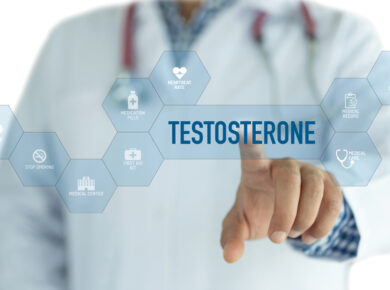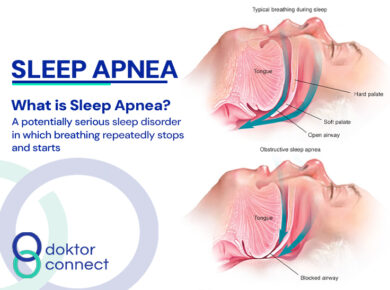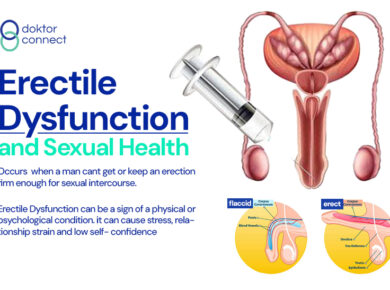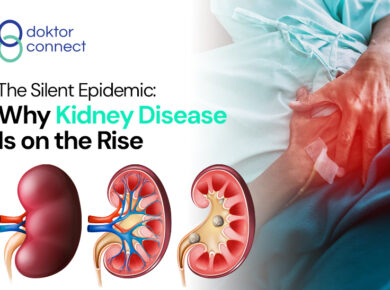UNDERSTANDING BREAST CANCER
Breast cancer occurs when abnormal cells in the breast grow and multiply uncontrollably. These cells can form a lump or mass and may spread to surrounding tissues or other parts of the body if not detected early.
It’s one of the most common cancers among women worldwide, but thanks to better awareness, screening, and treatment, survival rates are steadily improving. Early detection remains the key to saving lives.
CAUSES AND RISK FACTORS
There isn’t a single cause of breast cancer. It develops due to a mix of genetic, hormonal, and lifestyle factors.
Some of the common risk factors include:
-
Age: Risk increases with age, especially after 40.
-
Family history: Having a close relative (mother, sister, daughter) with breast cancer.
-
Genetic mutations: BRCA1 and BRCA2 gene mutations.
-
Hormonal factors: Early menstruation, late menopause, or long-term hormone therapy.
-
Lifestyle factors: Poor diet, lack of physical activity, smoking, and alcohol use.
-
Obesity: Especially after menopause.
While some risk factors cannot be changed, a healthy lifestyle and regular screening can significantly reduce your overall risk.
SIGNS AND SYMPTOMS TO WATCH FOR
Early-stage breast cancer often has no symptoms, which is why self-examination and routine screening are so important.
Look out for:
✅ A lump or thickening in the breast or underarm
✅ Change in size, shape, or appearance of the breast
✅ Dimpling or puckering of the skin
✅ Nipple discharge (especially if bloody)
✅ Pain in a specific area of the breast
✅ Inverted or retracted nipple
✅ Redness, scaling, or swelling around the breast or nipple
If you notice any of these changes, see a healthcare professional as soon as possible.
DIAGNOSIS AND SCREENING
Early detection is your best defense. Here’s how it’s done:
-
Self-breast examination: Performed monthly to detect any changes.
-
Clinical breast exam: Done by a healthcare provider during routine checkups.
-
Mammogram: X-ray screening that can detect changes before they can be felt.
-
Ultrasound or MRI: Used for further evaluation if needed.
Regular screening, especially for women over 40 or those at higher risk, saves lives.
TREATMENT OPTIONS
Treatment depends on the type and stage of cancer but may include:
-
Surgery: To remove the tumor or affected breast tissue.
-
Radiation therapy: To destroy remaining cancer cells.
-
Chemotherapy: To target cancer cells throughout the body.
-
Hormone or targeted therapy: Used for cancers sensitive to hormones or specific proteins.
Your doctor will create a treatment plan tailored to your needs and stage of diagnosis.
PREVENTION AND LIFESTYLE TIPS
The following steps can lower your risk and support overall breast health:
🌿 Maintain a healthy weight
🥦 Eat a balanced diet rich in fruits, vegetables, and fiber
🏃 Stay physically active
🚫 Limit alcohol and avoid smoking
👩⚕️ Perform regular self-breast checks and attend screenings
💤 Manage stress and get adequate sleep
FINAL THOUGHTS
Breast cancer awareness is more than a campaign, it’s a lifesaving conversation.
Knowing your body, getting screened regularly, and living a healthy lifestyle can make all the difference.
Remember: Early detection isn’t fear. It’s empowerment!
Take charge of your health, encourage the women in your life to do the same, and let’s continue spreading awareness together.
🎗️ Check. Screen. Support. Survive.






